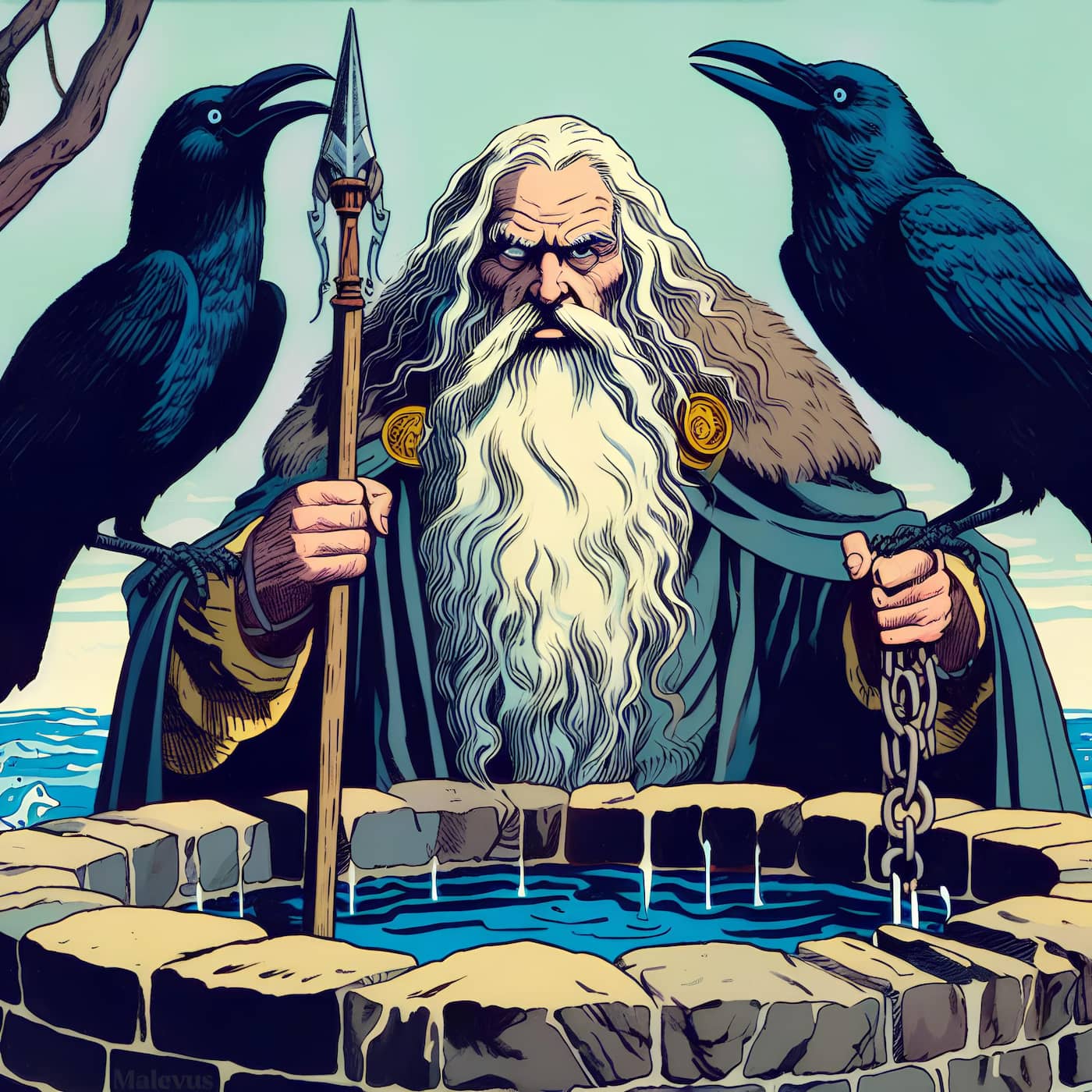How Did Odin Lose His Eye?
In Norse mythology, Odin sacrificed his eye in exchange for wisdom and knowledge. He willingly gave up one of his eyes at Mímisbrunnr (Mímir's well), a source of great wisdom.

In Norse mythology, Odin sacrificed his eye in exchange for wisdom and knowledge. He willingly gave up one of his eyes at Mímisbrunnr (Mímir's well), a source of great wisdom.

